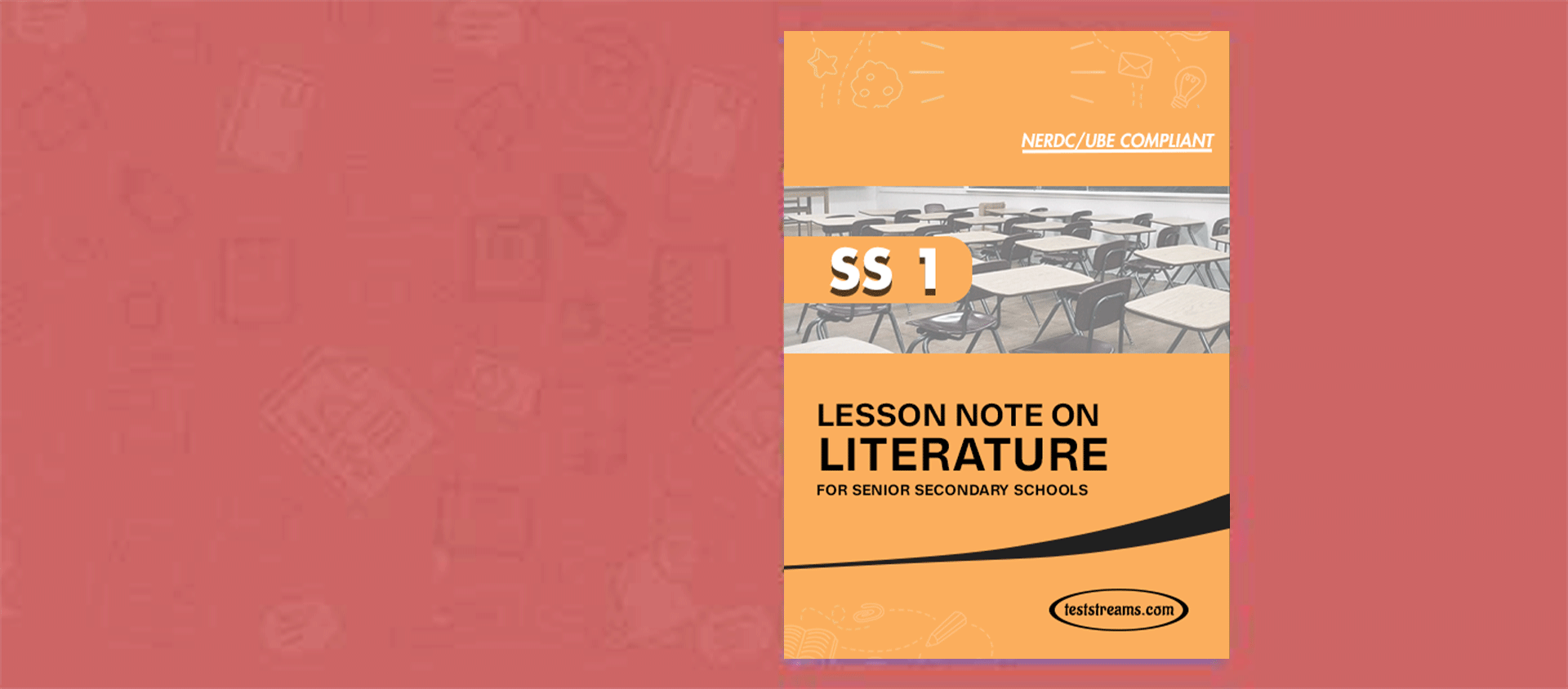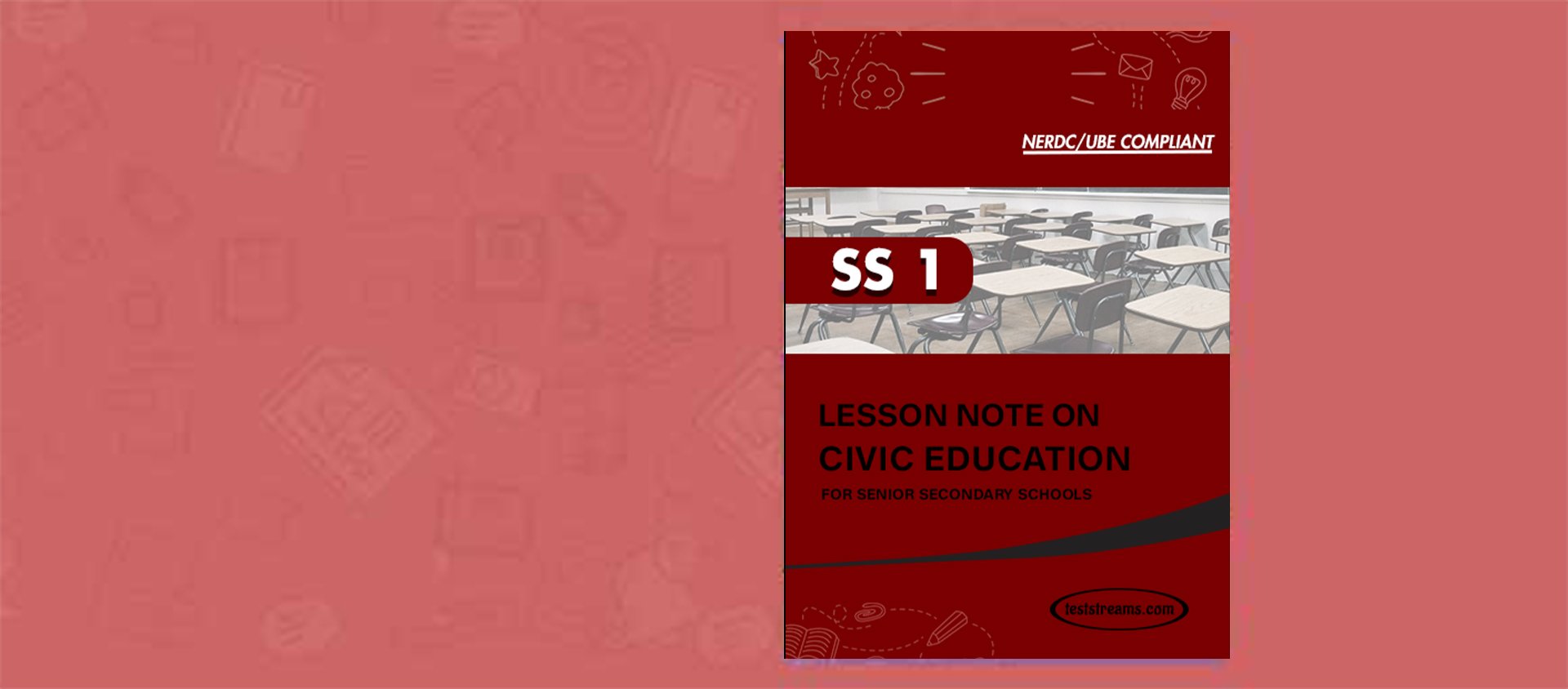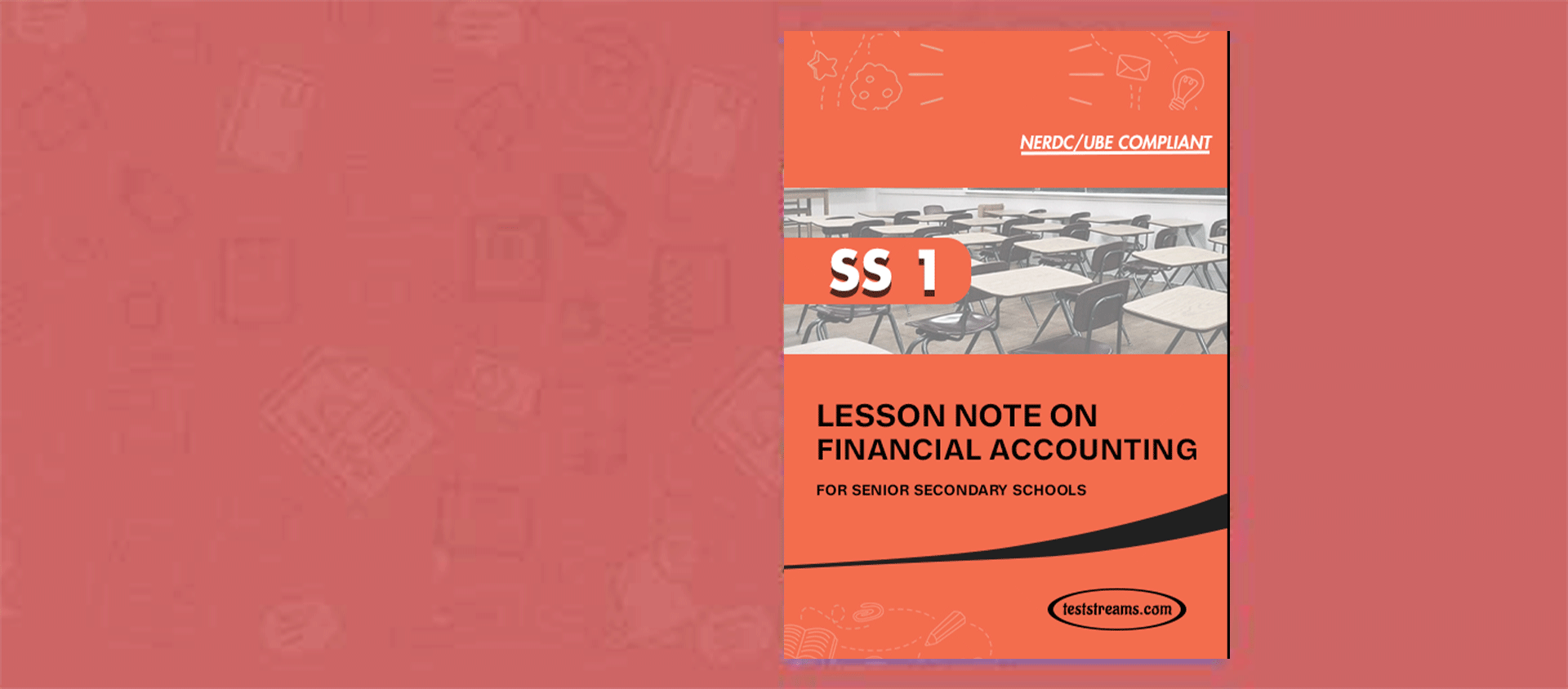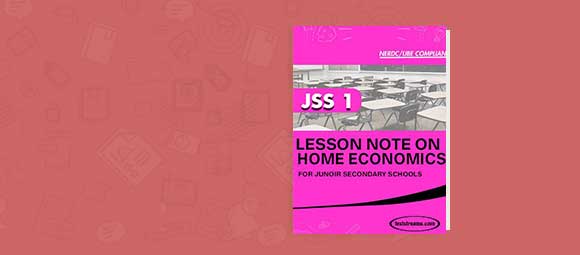Free SS 1 Literature In English Lesson Note
This Literature In English Lesson Note was pulled from our book SS 1 Literature In English Lesson Note ; Compiled to serve as reference material to help teachers draw out their lesson plan easier, saving you valuable time to focus on the core job of teaching.
The Lesson notes are based on the current NERDC curriculum (UBE compliant)
This SS 1 Literature In English Lesson Note Covers The Following Topics
- MEANING OF LITERATURE IN ENGLISH
- SOURCES OF LITERATURE
- PURPOSE OF LITERATURE
- GENRES OF LITERATURE
- PROSE
- GENERAL CHARACTERISTICS OF PROSE WRITING
- FORMS OF LITERATURE
- LITERARY TERMS
- DRAMA
- FIGURES OF SPEECH
- THE OLD MAN AND THE SEA (PLOT OVERVIEW)
- ANALYSIS OF MAJOR CHARACTERS OF “THE OLD MAN AND THE SEA”
- THEMES, MOTIFS, AND SYMBOLS OF “THE OLD MAN AND THE SEA”
Sample note
Week 1
Topic: Meaning of literature In English
Content:
- Definition of Literature
- Types of Literature
Definition of Literature
Literature is a subject that mirrors people, their customs and traditions for others to see and learn from. Literature epitomizes the history of a particular group of people and their totality.
It exposes people to the realities of life. Literature is any printed and unprinted materials that instructs, informs, educates, and entertain people. Literature is a term used to describe written and sometimes spoken material. Derived from the Latin litteratura meaning “writing formed with letters,” literature most commonly refers to works of the creative imagination, including poetry, drama, fiction, nonfiction, journalism, and in some instances, song.
Literature is written works (such as poems, plays, and novels) that are considered to be very good and to have lasting importance. They are:
: books, articles, etc., about a particular subject
: printed materials (such as booklets, leaflets, and brochures) that provide information about something
Litterateur: Literature writer
Literatus: A genius in the field of literature
Types of literature
There are two types of Literature – Oral and Written Literature
Two types of literature are written and oral. Oral literature includes ballads, folklore, jokes and fables that are passed down by word of mouth. Written literature includes poetry and novels, with subsections for fiction, prose, myth, short story and novel. Some Literary terms:
The form of a piece of writing is simply its structure, how it is constructed and organized. Literary forms are like the roots of the literary family tree. Genres, in turn, are like the branches of the family tree.
A genre is a specific style or category of writing. Genres make use of the various literary forms as foundations from which to stretch out in many directions of expression. Forms and genres join with content to create the meaning of a piece of writing.
Meaning is basically the writer’s message to the reader. Writers choose various forms and genres to help them express their meaning. For instance, a poem about the tragedy of the Civil War would send a very different message than a nonfiction history book.
Literature can be classified into genres
- Prose: Prose is a form of language that exhibits a grammatical structure and a natural flow of speech rather than a rhythmic structure (as in traditional poetry). We have fiction and non-fiction prose.
- Drama: a piece of writing that tells a story and is performed on a stage. A play for theater, radio, or television. Drama combines elements of prose and poetry into plays that are usually intended to be performed on stage. Drama joins monologues and dialogues by characters with stage directions and occasionally narrative sections that explain the action. Like poetry, drama can feature hidden meanings and messages that take some work to decipher.
- Poetry: literary work in which special intensity is given to the expression of feelings and ideas by the use of distinctive style and rhythm; poems collectively or as a genre of literature. Poetry uses metrical language with lots of rhythm and rhyme to create word pictures. Poetry employs all kinds of word play, figurative language, and imagery to send its messages, which are often rather obscure and need to be dug out with some effort on the part of the reader.
Types of Prose
- Fiction: It is a story invented by someone, it is not real. It is the creation of the writer with the aim of eliciting literary reactions from readers. Fiction centers on imaginary people and events. The story may be from real events, people but changes must be made as well. Fiction Prose is written in ordinary, non-metrical language, but it is the product of the writer’s imagination. You’ve probably been reading novels and short stories for years; if so, you already know a lot about fiction prose. The meaning of fictional works can stretch all the way from obscure and difficult to clear and direct.
- Non –Fiction : It is a direct opposite of fictitious literature. They include: books, plays, poems, articles that are real, which are not created or imagined. Non fiction Prose is literature that is written in ordinary, non-metrical language and communicates facts or opinions about reality. Every time you read a science textbook or a how-to article, you are reading nonfiction prose. Nonfiction meanings are usually pretty straightforward because the writer’s primary purpose is to convey information or persuade readers.
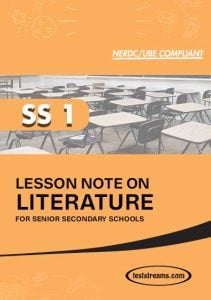
Get the complete Lesson Note with more content at very affordable price. Lesson Note on LITERATURE for SS1 MS-WORD- PDF
![]()

